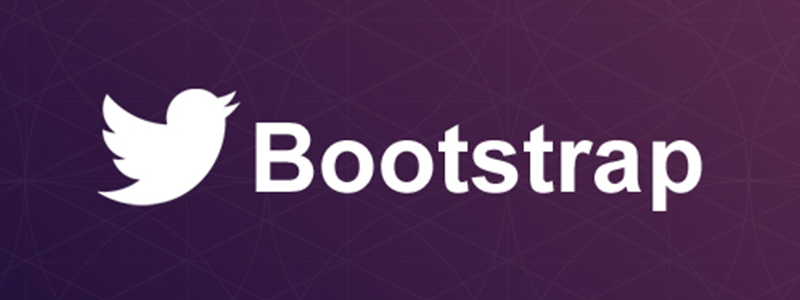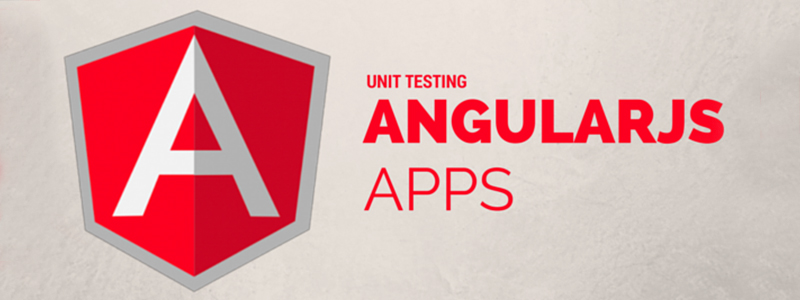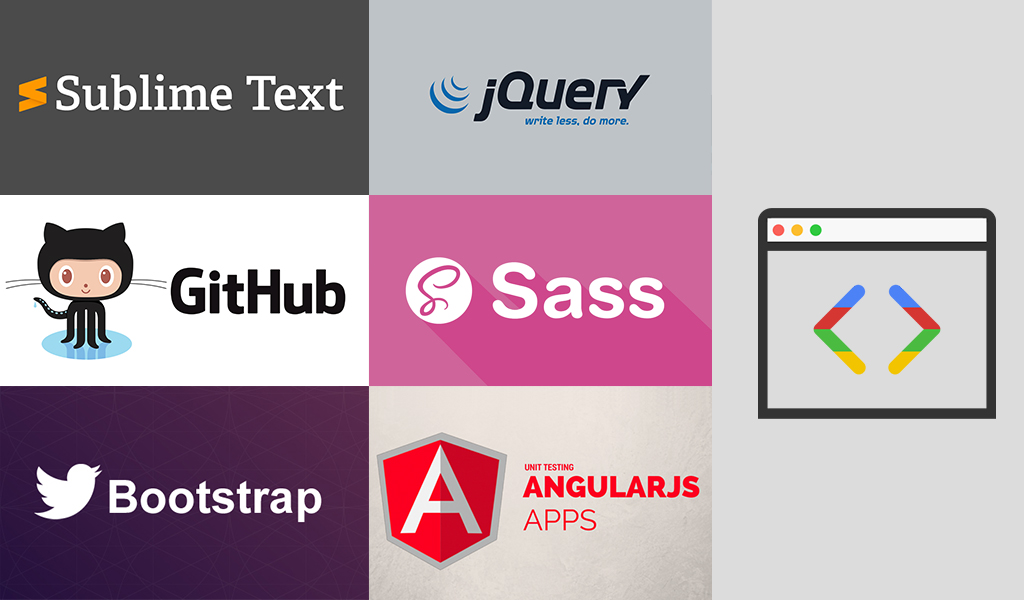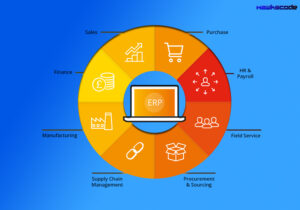Top 5 Essential Tools for Front-End Web Development Service
Web development tools have evolved rapidly. In a short period, we gained powerful libraries that significantly improve web development service. These tools offer great benefits, especially when it comes to making websites responsive. Browser add-ons and plugins streamline code management, allowing developers to achieve more. With so many options available, however, it can be overwhelming to choose the right tools. This list will help clarify the best choices for front-end web development.
Top 5 Website Development Service Tools
Sublime Text
 Sublime Text helps developers complete tasks quickly and efficiently. If you enjoy spending long hours coding, Sublime Text is perfect for you. With an interactive and simple design, it is more efficient than other tools. It also supports simultaneous multi-editing, allowing you to edit multiple locations in your code at the same time. Thanks to its keyboard shortcuts, Sublime Text saves time and increases productivity, making it the first choice for many developers.
Sublime Text helps developers complete tasks quickly and efficiently. If you enjoy spending long hours coding, Sublime Text is perfect for you. With an interactive and simple design, it is more efficient than other tools. It also supports simultaneous multi-editing, allowing you to edit multiple locations in your code at the same time. Thanks to its keyboard shortcuts, Sublime Text saves time and increases productivity, making it the first choice for many developers.
Chrome Development Tool
 Chrome Development Tools make it easy for front-end web developers to test and see changes in real-time. You can modify HTML, JavaScript, and CSS, and debug directly in the browser. These tools, available in Chrome and Safari, let developers explore the internals of their applications. With features like network flow, performance monitoring, error tracking, and memory security, these tools provide valuable insights into your website’s performance. Google updates these tools every 6 weeks, so stay connected to their developer channels for the latest improvements.
Chrome Development Tools make it easy for front-end web developers to test and see changes in real-time. You can modify HTML, JavaScript, and CSS, and debug directly in the browser. These tools, available in Chrome and Safari, let developers explore the internals of their applications. With features like network flow, performance monitoring, error tracking, and memory security, these tools provide valuable insights into your website’s performance. Google updates these tools every 6 weeks, so stay connected to their developer channels for the latest improvements.
jQuery
 For many years, JavaScript has been the go-to language for front-end developers. However, its complicated syntax can be difficult to work with. In 2006, jQuery was introduced to simplify this. jQuery is a lightweight, cross-platform library that allows developers to create animations, navigate documents, and add plugins with ease. Today, jQuery is used on 65% of the top 10 million websites, making it one of the most successful and widely adopted tools.
For many years, JavaScript has been the go-to language for front-end developers. However, its complicated syntax can be difficult to work with. In 2006, jQuery was introduced to simplify this. jQuery is a lightweight, cross-platform library that allows developers to create animations, navigate documents, and add plugins with ease. Today, jQuery is used on 65% of the top 10 million websites, making it one of the most successful and widely adopted tools.
GitHub
 GitHub is a version control system that helps developers track changes in their projects. It allows you to view every change you make and revert to earlier versions if needed. This makes it a lifesaver when things go wrong. GitHub also supports collaboration, sharing code, and offers features like bug tracking, task management, and wikis, making teamwork easier and more efficient.
GitHub is a version control system that helps developers track changes in their projects. It allows you to view every change you make and revert to earlier versions if needed. This makes it a lifesaver when things go wrong. GitHub also supports collaboration, sharing code, and offers features like bug tracking, task management, and wikis, making teamwork easier and more efficient.
Twitter Bootstrap
 Bootstrap, developed by the Twitter team, is a UI framework used widely in web design. Front-end developers often need to refresh outdated designs, and Bootstrap offers an efficient solution. It reduces the time and complexity of coding by providing pre-built components, normalized stylesheets, and JavaScript plugins, allowing developers to create applications more quickly.
Bootstrap, developed by the Twitter team, is a UI framework used widely in web design. Front-end developers often need to refresh outdated designs, and Bootstrap offers an efficient solution. It reduces the time and complexity of coding by providing pre-built components, normalized stylesheets, and JavaScript plugins, allowing developers to create applications more quickly.
Other Website Development and Design Tools
Angular.js
 HTML is essential for building websites, but it can’t handle dynamic content on its own. Angular.js, an open-source framework developed by Google, fills this gap by making web applications more readable and easier to develop. While some criticize it for producing bulky code, it still remains a valuable tool for developers seeking dynamic content in their websites.
HTML is essential for building websites, but it can’t handle dynamic content on its own. Angular.js, an open-source framework developed by Google, fills this gap by making web applications more readable and easier to develop. While some criticize it for producing bulky code, it still remains a valuable tool for developers seeking dynamic content in their websites.
Sass
 One of the first lessons in front-end development is the importance of DRY (Don’t Repeat Yourself) code. CSS, however, is not naturally DRY. To keep your code clean, tools like Sass can help. Sass is a preprocessor that allows you to write future-proof, DRY, and readable code, simplifying your development process.
One of the first lessons in front-end development is the importance of DRY (Don’t Repeat Yourself) code. CSS, however, is not naturally DRY. To keep your code clean, tools like Sass can help. Sass is a preprocessor that allows you to write future-proof, DRY, and readable code, simplifying your development process.
Free Online Courses with Internship Certificate




